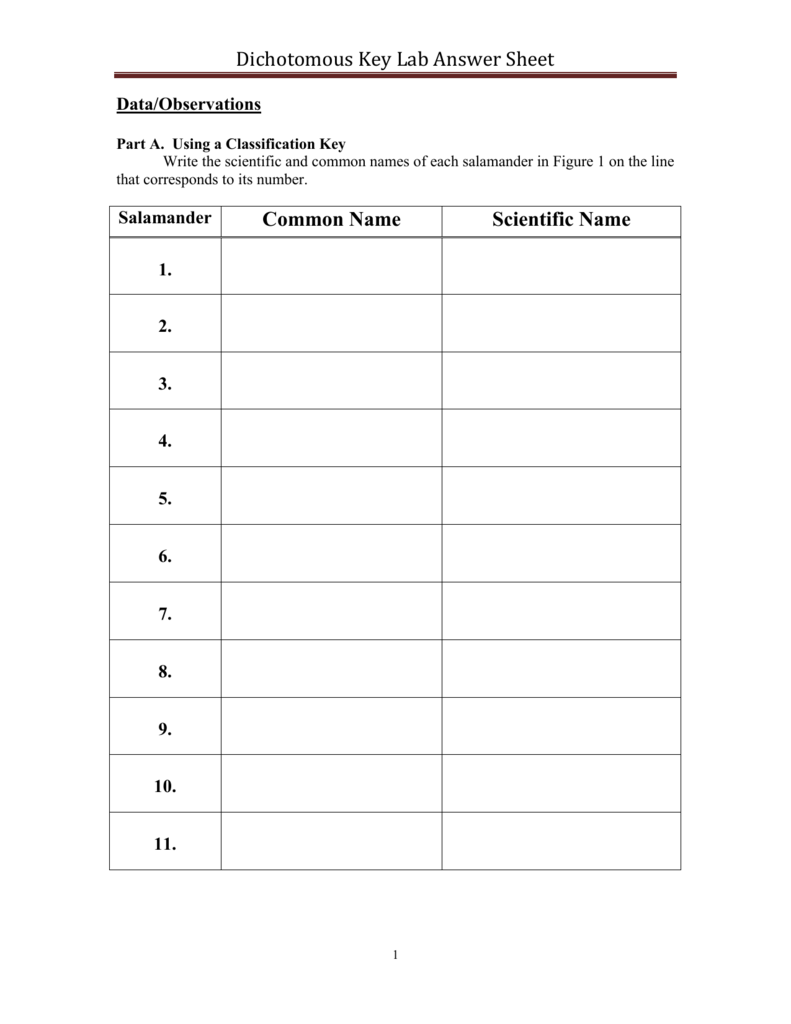


Here again, experience of the group will help you to know which characters mentioned are likely to be clear-cut, and which you would expect to find very variable. If the key is a good one you will usually find that on one of the two paths you quickly gain confidence again. If, on the other hand, either alternative could be considered to fit, try each one in turn and see how you get on. If you come to a point in a key at which you cannot decide which of the two alternatives fits the specimen, do not give up.Ĭonsider first if it definitely fits neither: for example, if both alternatives talk about wing-structure, and your specimen has no wings, then the likelihood is that you have reached a wrong part of the key or else your specimen is an exceptional one that the key does not properly provide for. Think of making a key that tried to classify the people present at one moment at Waterloo Station, and group them into rigid categories, without any margin of error. Remember that insects, like humans, have their individual variations. The first is to be over-cautious, taking every word literally, and refusing to go on if the specimen does not agree exactly. People commonly make one of two mistakes in using keys. however many modern keys contain, or are appended by a sufficiently good description to allow for competent identification. The real identification is made by comparing the specimen with another specimen that is already named, or with a drawing, or with a good, detailed description. Remember that the details mentioned in the key are not the real reasons why we believe an insect is any particular species: they are only pointers towards something we can recognise. A good way to understand keys better is to make your own. Using keys appears difficult at first but it becomes easier the more you practice and is quite rewarding. If you are lucky this will give a correct identification, but it may not. Earwigs (Dermaptera)ģ5b….Abdomen without forceps…………………. Go on like this until you come to a final choice where you will be offered a probable identification:ģ5a….

If the insect agrees with the first alternative of couplet 1, then you proceed to couplet 2 if the first alternative of couplet one is wrong then read the second alternative, if this is correct, then you proceed past all the intervening couplets, and read on at couplet 29 as indicated. The other pair being either hardened into wing-cases, or absent ………292Ģa ….Fore-wings and hind-wings alike…………………………………….3Ģb…….Fore-wings and hind-wings different……………………………….I83……….(and so on). People used to be faddy about the sort of key they liked, but these days the arrangement that has the greatest acceptability for simplicity and directness is the dichotomous key, so-called because at each step it asks you to choose between two alternatives. It might, for instance, actually be C, a species not mentioned in the key.Ī key does not prove anything positive, it only suggests possibilities. It is important to understand that a key is much more trustworthy in proving that your insect is not A, than in proving that it is B. Keys work by a process of elimination, gradually narrowing down the number of possibilities.
#Dichotomous key how to
According to the Magazine “Science Teacher” “ Understanding dichotomous keys as a means of classification enables students to better comprehend large amounts of information and understand how to organize, compare and contrast, and analyze that information.”


 0 kommentar(er)
0 kommentar(er)
